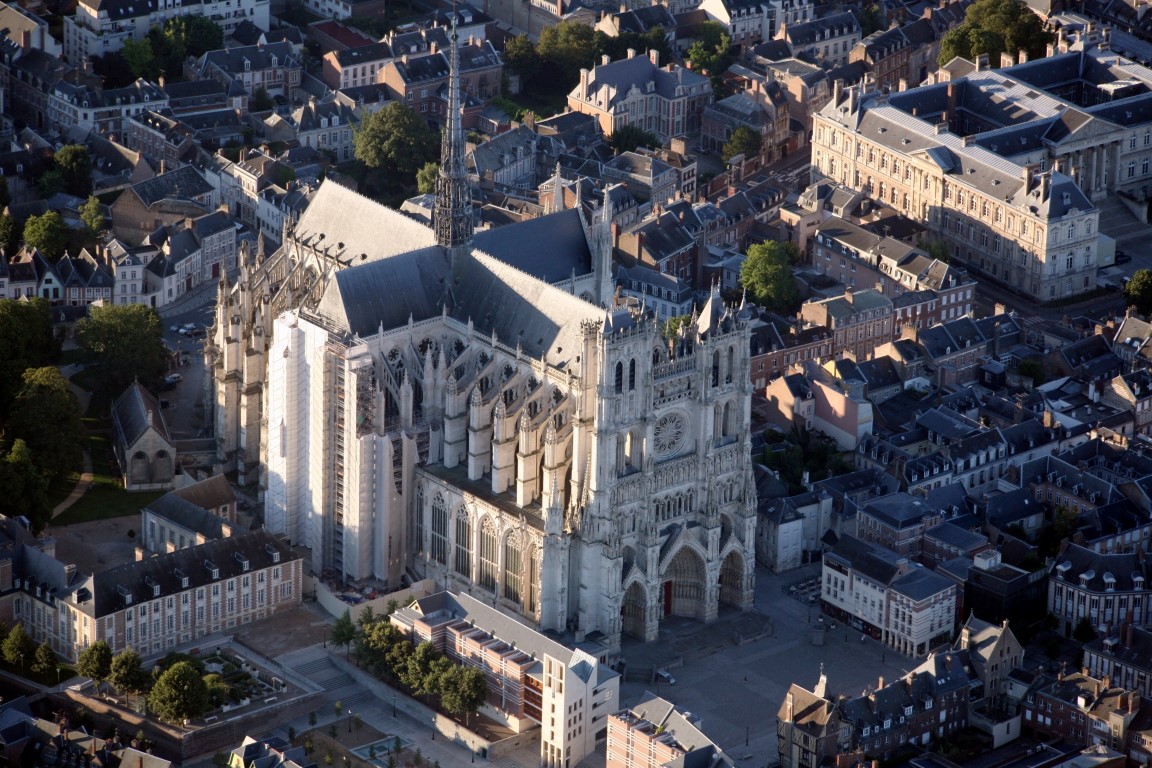
漢德百科全書 | 汉德百科全书
 历史
历史



Alexander Graham Bell (* 3. März 1847 in Edinburgh, Schottland; † 2. August 1922 in Baddeck, Kanada) war ein britischer und später US-amerikanischer Sprechtherapeut, Erfinder und Großunternehmer. Er gilt als der erste Mensch, der aus der Erfindung des Telefons Kapital geschlagen hat, indem er Ideen seiner Vorgänger zur Marktreife weiterentwickelte. Zu seinen Ehren wurde die dimensionslose Maßeinheit (Pseudomaß) für logarithmische Verhältniswerte, mit dem auch Schallpegel gemessen werden, mit Bel benannt.
亚历山大·格雷厄姆·贝尔(英语:Alexander Graham Bell,1847年3月3日—1922年8月2日)是一位苏格兰出身的企业家。他获得了世界上第一台可用的电话机的专利权(发明者有争议),创建了贝尔电话公司(AT&T公司的前身)。同时也是国家地理学会的创办人之一与第二任主席

Alexander Hamilton (* 11. Januar 1757 oder 1755 auf Nevis, Westindische Inseln, heute St. Kitts und Nevis; † 12. Juli 1804 in New York) war ein amerikanischer Staatsmann. Er gilt als einer der Gründerväter der Vereinigten Staaten.
Hamilton diente im amerikanischen Unabhängigkeitskrieg im persönlichen Stab von George Washington, von 1782 bis 1783 war er Mitglied des Kontinentalkongresses. 1784 gründete er die Bank of New York (heute Bank of New York Mellon), die älteste Bank der Vereinigten Staaten.
Er nahm an der Philadelphia Convention zur Ausarbeitung einer neuen Verfassung teil, die er anschließend in den Federalist Papers gemeinsam mit John Jay und James Madison verteidigte. Der junge Rechtsanwalt tat sich mit seiner konservativen Haltung hervor. So befürwortete er die Wahl des Präsidenten und der Senatoren auf Lebenszeit und wollte eine starke Zentralregierung gegenüber den Einzelstaaten festschreiben. Hamilton setzte sich zwar nur mit letzterer Forderung teilweise durch, gilt aber zusammen mit James Madison und George Washington als einer der drei Väter der amerikanischen Verfassung. Unter der Regierung Washingtons wurde er von 1789 bis 1793 der erste Finanzminister der Vereinigten Staaten und trug maßgeblich zum Aufbau des Bankensystems und der Marine bei. Um 1791/1792 gründete er die Föderalistische Partei, zudem war er Mitbegründer der New York Manumission Society, die für die Abschaffung der Sklaverei und für die Rechte der afrikanischstämmigen Bevölkerung eintrat. Mit dieser Haltung schuf er sich keine Freunde in den sklavenhaltenden Südstaaten, wie etwa Virginia. Hamilton starb am 12. Juli 1804 an einer Verwundung, die er sich am Vortag in einem Duell mit seinem langjährigen politischen Rivalen Aaron Burr zugezogen hatte.
Alexander Hamilton gilt als Begründer des Amerikanischen Systems der Politischen Ökonomie. Er nutzte diese Bezeichnung erstmals 1791 in einem Dokument („A Report on the Subject of Manufactures“) an den Kongress. Es geht von einer Gemeinwohlverpflichtung für alle Beteiligten einer Volkswirtschaft aus, wie sie in der amerikanischen Verfassung festgeschrieben ist. In diesem System schafft der Staat Bedingungen, unter denen Produktionsbetriebe sich – zum Wohl der Unternehmen, der Beschäftigten und des Gemeinwesens – weiterentwickeln können. Weitere Vertreter des Amerikanischen Systems der Politischen Ökonomie waren Henry Charles Carey und Friedrich List. Hamiltons Porträt ziert heute die 10-Dollar-Banknote.
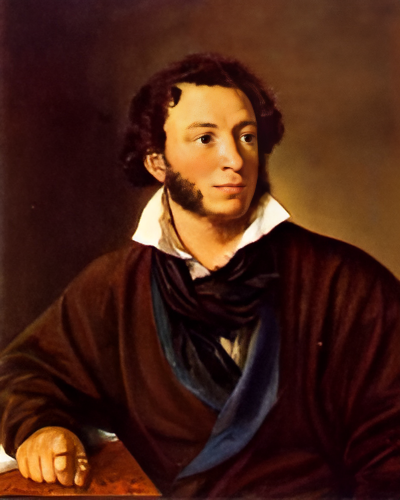
亚历山大·谢尔盖耶维奇·普希金(Александр Сергеевич Пушкин,1799年5月26日-1837年1月29日)是俄罗斯著名的文学家、被许多人认为是俄国最伟大的诗人、现代俄国文学的奠基人。19世纪俄国浪漫主义文学主要代表[1]。代表作有诗歌《自由颂》、《致大海》、《致恰达耶夫》等,诗体小说《叶甫盖尼·奥涅金》,中篇小说《上尉的女儿》等。
Alexander Sergejewitsch Puschkin (russisch Александр Серге́евич Пу́шкин Ausspracheⓘ/?, wiss. Transliteration Aleksandr Sergeevič Puškin; * 26. Maijul. / 6. Juni 1799greg. in Moskau; † 29. Januarjul. / 10. Februar 1837greg. in Sankt Petersburg) gilt als russischer Nationaldichter und Begründer der modernen russischen Literatur.
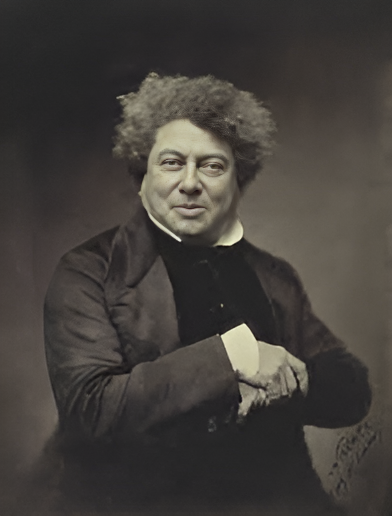
亚历山大·仲马(法语:Alexandre Dumas,1802年7月24日-1870年12月5日)是法国19世纪浪漫主义作家。为区别与他同名的儿子,亦称大仲马(法语:Dumas, père)。大仲马自学成才,一生写的各种著作达300卷之多,主要以小说和剧作著称于世。大仲马信守共和政见,反对君主专政。由于他的黑白混血人身份,其一生都受种族主义的困扰。
亚历山大·仲马(法语:Alexandre Dumas,发音:[alɛksɑ̃dʁ dyma],1802年7月24日—1870年12月5日),原名仲马·达维·德拉帕耶特里(Dumas Davy de la Pailleterie,[dyma davi də la pajtʁi]),19世纪法国浪漫主义文学文豪,世界文学名著《基督山伯爵》的作者。
大仲马自学成才,主要以小说和剧作著称于世,最著名的作品除了《基督山伯爵》之外,还包括《三剑客》、《二十年后》和《布拉热洛纳子爵》,即《达尔达尼央浪漫三部曲》。他一生创作甚多,著有150多部小说,90多个剧本等。
Alexandre Dumas [alɛksɑ̃dʁ dymɑ] (* 24. Juli 1802 als Dumas Davy de la Pailleterie in Villers-Cotterêts, Département Aisne; † 5. Dezember 1870 in Puys bei Dieppe, Département Seine-Maritime), im Deutschen auch bekannt als Alexandre Dumas der Ältere, war ein französischer Schriftsteller und Vater von Alexandre Dumas dem Jüngeren. Heute ist er vor allem durch seine zu Klassikern gewordenen historischen Romane bekannt, etwa Die drei Musketiere und Der Graf von Monte Christo.

Das so genannte Alexanderreich bezeichnet in der althistorischen Forschung jenes Großreich der Antike, das sich unter Alexander dem Großen im Laufe des Alexanderzugs herausgebildet hatte und in seiner vollen Größe von 324 bis etwa 319 v. Chr. bestand. Da Alexanders politische Stellung in einigen Gebieten unterschiedlich legitimiert war und er seine Herrschaft auch entsprechend regional verschieden ausübte, lässt sich diesem Staatsgebilde kein geographischer Raumbegriff außer dem Namen seines Herrschers zuordnen.
Das Alexanderreich basierte im Wesentlichen auf einer Personalunion von dreierlei verschiedenen Herrschaftsbereichen: Jenem von Makedonien, des Altpersischen Reichs und Ägyptens. Darüber hinaus hatte Alexander die Oberherrschaft über die meisten griechischen Städte im Hellenenbund von Korinth und einige barbarische Stämme des Balkans ausgeübt. Sein Reich erstreckte sich dabei über mindestens 20 moderne Staaten (Griechenland, Mazedonien, Bulgarien, Türkei, Syrien, Jordanien, Israel, Libanon, Zypern, Ägypten, Libyen, Irak, Iran, Kuweit, Afghanistan, Turkmenistan, Tadschikistan, Usbekistan und Pakistan) und berührte einige weitere an ihren Peripherien (Ukraine, Rumänien, Albanien, Armenien, Aserbaidschan und Indien). Nach seinem Tod zerfiel sein Reich schließlich im Rahmen der Diadochenkriege und wurde unter seinen Nachfolgern, den Diadochen und Epigonen, aufgeteilt. Dabei bildete sich die hellenistische Staatenwelt heraus.
马其顿王国(古希腊语:Μακεδονία)是古希腊西北部的王国。其史上最辉煌的时期即为亚历山大大帝开创的亚历山大帝国(马其顿帝国)。
亚历山大帝国是历史上继波斯帝国之后第二个地跨欧、亚、非三洲的帝国,其疆域东自费尔干纳盆地及印度河平原,西抵巴尔干半岛,北从中亚细亚、里海和黑海起,南达印度洋和非洲北部。
マケドニア王国(Μακεδονικό βασίλειο)は、紀元前7世紀に古代ギリシア人によって建国された歴史上の国家である。現在のギリシャ共和国西マケドニア地方・中央マケドニア地方の全域と、マケドニア共和国南東部ドイラン・ボグダンツィ・ゲヴゲリヤ及び南西部レセン・オフリド各基礎自治体の一部、ブルガリア・ブラゴエヴグラト州のギリシャとの国境地帯、アルバニアのポグラデツ県・コルチャ県・デヴォル県の一部にまたがる地域にあった。北西ギリシア方言群のひとつであるマケドニア方言を話した。
Macedonia (/ˌmæsɪˈdoʊniə/ (![]() listen)) or Macedon (/ˈmæsɪˌdɒn/; Greek: Μακεδονία, Makedonía), was an ancient kingdom on the periphery of Archaic and Classical Greece,[6] and later the dominant state of Hellenistic Greece.[7] The kingdom was founded and initially ruled by the royal Argead dynasty, which was followed by the Antipatrid and Antigonid dynasties. Home to the ancient Macedonians, the earliest kingdom was centered on the northeastern part of the Greek peninsula,[8] and bordered by Epirus to the west, Paeonia to the north, Thrace to the east and Thessaly to the south.
listen)) or Macedon (/ˈmæsɪˌdɒn/; Greek: Μακεδονία, Makedonía), was an ancient kingdom on the periphery of Archaic and Classical Greece,[6] and later the dominant state of Hellenistic Greece.[7] The kingdom was founded and initially ruled by the royal Argead dynasty, which was followed by the Antipatrid and Antigonid dynasties. Home to the ancient Macedonians, the earliest kingdom was centered on the northeastern part of the Greek peninsula,[8] and bordered by Epirus to the west, Paeonia to the north, Thrace to the east and Thessaly to the south.
Before the 4th century BC, Macedonia was a small kingdom outside of the area dominated by the great city-states of Athens, Sparta, and Thebes, and briefly subordinate to Achaemenid Persia.[3] During the reign of the Argead king Philip II (359–336 BC), Macedonia subdued mainland Greece and Thrace through conquest and diplomacy. With a reformed army containing phalanxes wielding the sarissa pike, Philip II defeated the old powers of Athens and Thebes in the Battle of Chaeronea in 338 BC. Philip II's son Alexander the Great, leading a federation of Greek states, accomplished his father's objective of commanding the whole of Greece when he destroyed Thebes after the city revolted. Pro-Macedonian Athenian oligarch, Philippides of Paiania was instrumental in the defeat of Chaeronea by assisting in king Philip's cause. He was prosecuted as a traitor known in the speech Hypereides against Philippides, known from Athenaeus[9]. During Alexander's subsequent campaign of conquest, he overthrew the Achaemenid Empire and conquered territory that stretched as far as the Indus River. For a brief period, his empire was the most powerful in the world – the definitive Hellenistic state, inaugurating the transition to a new period of Ancient Greek civilization. Greek arts and literature flourished in the new conquered lands and advances in philosophy, engineering, and science spread throughout much of the ancient world. Of particular importance were the contributions of Aristotle, tutor to Alexander, whose writings became a keystone of Western philosophy.
After Alexander's death in 323 BC, the ensuing wars of the Diadochi, and the partitioning of Alexander's short-lived empire, Macedonia remained a Greek cultural and political center in the Mediterranean region along with Ptolemaic Egypt, the Seleucid Empire, and the Kingdom of Pergamon. Important cities such as Pella, Pydna, and Amphipolis were involved in power struggles for control of the territory. New cities were founded, such as Thessalonica by the usurper Cassander (named after his wife Thessalonike of Macedon).[10] Macedonia's decline began with the Macedonian Wars and the rise of Rome as the leading Mediterranean power. At the end of the Third Macedonian War in 168 BC, the Macedonian monarchy was abolished and replaced by Roman client states. A short-lived revival of the monarchy during the Fourth Macedonian War in 150–148 BC ended with the establishment of the Roman province of Macedonia.
The Macedonian kings, who wielded absolute power and commanded state resources such as gold and silver, facilitated mining operations to mint currency, finance their armies and, by the reign of Philip II, a Macedonian navy. Unlike the other diadochi successor states, the imperial cult fostered by Alexander was never adopted in Macedonia, yet Macedonian rulers nevertheless assumed roles as high priests of the kingdom and leading patrons of domestic and international cults of the Hellenistic religion. The authority of Macedonian kings was theoretically limited by the institution of the army, while a few municipalities within the Macedonian commonwealth enjoyed a high degree of autonomy and even had democratic governments with popular assemblies.
Le royaume de Macédoine (en grec ancien Μακεδονία / Makédonia) est un État grec antique situé au nord de la Grèce, correspondant aujourd'hui principalement à la Macédoine grecque. Il est centré sur la partie nord-est de la péninsule grecque, bordé par l’Épire à l'ouest, la Péonie au nord, la Thrace à l'est et la Thessalie au sud. Royaume de la Grèce aux époques archaïque et classique, il devient l'État dominant du monde grec durant l'époque hellénistique.
L'existence du royaume est attestée au tout début du VIIe siècle av. J.-C. avec à sa tête la dynastie des Argéades. Il connait un formidable essor sous le règne de Philippe II, qui étend sa domination sur la Grèce continentale en évinçant Athènes et la ligue chalcidienne pour ensuite fonder la Ligue de Corinthe. Son fils Alexandre le Grand est à l'origine de la conquête de l'immense empire perse et de l'expansion de l'hellénisme en Asie à la fin du IVe siècle av. J.-C. À son apogée, le royaume de Macédoine, avec ses dépendances, s’étendait du bassin méditerranéen à la vallée de l’Indus, en passant par Thèbes en Égypte, par Babylone en Mésopotamie et par Samarcande en Sogdiane. Après la mort d'Alexandre le Grand, la Macédoine passe brièvement sous la tutelle des Antipatrides dans le contexte des guerres des diadoques. En 277, la royauté échoit à Antigone II Gonatas, qui installe la dynastie des Antigonides, laquelle règne jusqu'en 168, lorsque la Macédoine est conquise par les Romains. En 146, la Macédoine devient une province romaine.
Les Macédoniens sont apparentés aux Grecs, mêlés à des peuples thraco-illyriens « indigènes » ; ils parlent l’ancien macédonien, une langue hellénique différente du grec classique. Par ailleurs le pays n'est pas organisé autour de cités indépendantes mais autour d'une aristocratie foncière dirigée par le roi des Macédoniens (et non de Macédoine), expliquant que les Grecs de l'époque classique puissent les considérer comme des « barbares ».
Il regno di Macedonia (in greco antico: Μακεδονία, Makedonìa) è stato un regno del mondo antico, che si trovava nella parte meridionale della Penisola balcanica; originariamente il suo territorio corrispondeva all'omonima regione collocata nella parte nord-orientale dell'antica Grecia[1] tra l'Epiro a ovest, la Tracia a est, la Peonia a nord e la Tessaglia a sud.
Fondato, secondo la tradizione, agli inizi dell'VIII secolo a.C. dal mitico re Carano, con Filippo II (che fu sovrano dal 359 al 336 a.C.), il regno di Macedonia iniziò la sua ascesa da piccolo stato periferico fino a raggiungere il dominio di tutta la Grecia. Grazie al figlio di Filippo, Alessandro Magno (re dal 336 a.C. al 323 a.C.), il regno si trasformò in un impero che si estendeva dalla penisola ellenica fino al fiume Indo e comprendeva i territori di quello che era stato l'Impero achemenide.
Alla morte di Alessandro Magno, l'impero macedone si disgregò nei regni ellenistici, governati dai Diadochi, i "successori" del re. Alcuni di essi diedero inizio, nelle regioni da loro governate, a delle dinastie di stirpe macedone che avrebbero regnato per secoli, come la dinastia seleucide nell'omonimo impero, che perdurò fino alla deposizione di Filippo II Filoromeo per opera di Pompeo nel 63 a.C.), e la dinastia tolemaica in Egitto, che rimase sul trono sino alla morte di Cleopatra nel 30 a.C.
Alla morte di Alessandro IV, figlio del Magno ed ultimo rappresentante della dinastia argeade, il regno di Macedonia fu governato dapprima dalla dinastia antipatride e poi da quella antigonide, pur con le brevi parentesi dei regni di Pirro, Lisimaco e Tolomeo Cerauno.
Con la battaglia di Pidna (168 a.C.), il regno fu conquistato dai Romani, che lo annetterono definitivamente nel 148 a.C., dopo aver domato la breve riscossa dell'ultimo re macedone Andrisco (Filippo VI) e trasformato la Macedonia in una provincia della repubblica romana.
El Reino de Macedonia fue un Estado griego de la antigüedad clásica y de la helenística, en el norte de la actual Grecia, bordeada por el Reino de Epiro en el oeste y la región de Tracia en el este. Este reino se consolidó durante el siglo V a. C. y experimentó un importante ascenso de su poder durante el siglo IV a. C. con el gobierno de Filipo II, que convirtió Macedonia en la principal potencia de Grecia. Su hijo Alejandro Magno (Alejandro III ) conquistó la mayor parte del mundo conocido, inaugurando el Período Helenístico de la historia griega.
Macedonia se divide tradicionalmente en dos grandes regiones, la Alta y la Baja Macedonia. Era un país de trigo y pastos, de aldeanos y jinetes, y con una costa marítima reducida. Los historiadores creen que sus habitantes eran griegos de dialecto dórico, al igual que los de la región de Epiro, Rodas y el Peloponeso, y que hablaban un dialecto griego muy cercano al de estas regiones (véase Antiguo idioma macedonio).
Македо́ния (греч. Μακεδονία) — античное греческое государство на Балканском полуострове со столицей в Эгесе, на западе граничившее с государством Эпир, на востоке — с Фракией, на юге — с Фессалией. Отсюда Александр Македонский начал поход на Персию.


亚美尼亚使徒教会(亚美尼亚语:Հայ Առաքելական Եկեղեցի,转写:Hay Arakelagan Yegeghetzi)是世界上最古老的国教会[1][2]以及最早被合法化的基督徒群体[3]。
Die Armenische Apostolische Kirche (armenisch Հայ Առաքելական Եկեղեցի, Transkription ostarmenisch: Haj Arakelakan Jekeghezi; offizielle Bezeichnung auch: armenisch Հայաստանյայց Առաքելական Սուրբ Եկեղեցի, Transkription ostarmenisch: Hajastanjajz Arakelakan Surb Jekeghezi, Heilige Apostolische Kirche der Armenier) ist eine altorientalische Kirche mit heute neun[1] Millionen armenischen und türkischen Christen in zwei Katholikaten (Etschmiadsin, Sis), zwei Patriarchaten (Jerusalem, Konstantinopel) und rund 30 Diözesen, davon neun in Armenien.
アルメニア使徒教会(アルメニア語: Հայ Առաքելական Եկեղեցի, ラテン文字転写: Hay Arakelagan Yegeghetzi, 英語: Armenian Apostolic Church)は、アルメニア、ならびに世界各地にあるアルメニア人コミュニティで信仰されているキリスト教・非カルケドン派の教会。約500万人の信者を擁する。使徒教会の名は、伝承に十二使徒がアルメニアにキリスト教を伝えたとあることに由来する。アルメニア正教会(Armenian Orthodox Church)とも呼ばれる。なお、東方典礼カトリック教会であるアルメニア・カトリック教会 (Armenian Catholic Church) とは別組織である。
The Armenian Apostolic Church (Armenian: Հայ Առաքելական Եկեղեցի, romanized: Hay Aṙak'elakan Yekeghetsi)[note 1] is the national church of the Armenian people. Part of Oriental Orthodoxy, it is one of the most ancient Christian communities.[4] The Kingdom of Armenia was the first state to adopt Christianity as its official religion under the rule of King Tiridates in the early 4th century.[5][6] According to tradition, the church originated in the missions of Apostles Bartholomew and Thaddeus in the 1st century.
It is sometimes referred to as the Armenian Orthodox Church or Gregorian Church. The latter is not preferred by the church itself, as it views the Apostles Bartholomew and Thaddeus as its founders, and St. Gregory the Illuminator as merely the first official governor of the church. It is also known simply as the Armenian Church.
L'Église apostolique arménienne (en arménien Հայաստանեայց Առաքելական Եկեղեցի, Hayastaneayc’ Aṙak’elakan Ekeġec’i) est une Église chrétienne autocéphale3. C'est une des Églises des trois conciles dites aussi « Églises antéchalcédoniennes »2.
Elle revendique son titre d'« apostolique » en faisant remonter ses origines aux apôtres Jude Thaddée et Barthélemy. Devenue religion officielle du royaume d'Arménie avec la conversion du roi Tiridate IV par saint Grégoire l'Illuminateur, elle développe son particularisme du VIe au début du VIIIe siècle, qui voit sa christologie se stabiliser selon la doctrine miaphysite.
Le « Patriarche suprême et Catholicos de tous les Arméniens » qui réside à Etchmiadzin près d'Erevan bénéficie d'une primauté d'honneur parmi les différents hiérarques ; le titulaire actuel est Sa Sainteté Garéguine II depuis le 27 octobre 1999.
La Chiesa apostolica armena (in lingua armena: Հայ Առաքելական Եկեղեցի), a volte indicata come Chiesa ortodossa armena o Chiesa gregoriana o Chiesa Cattolica Ortodossa Gregoriana è tra le chiese più antiche della cristianità e una delle prime comunità cristiane nel mondo. È guidata da un cathólicos, in lingua armena կաթոլիքոս ("patriarca", plurale cathólicoi). Attualmente il Catholicos di tutti gli Armeni è Karekin II, che ha la sua sede a Echmiadzin, in Armenia.
La Chiesa apostolica armena è una delle Chiese ortodosse orientali.
Iglesia apostólica armenia, oficialmente Iglesia gregoriana apostólica armenia (en armenio, Հայ Առաքելական Եկեղեցի), o también conocida como Iglesia ortodoxa armenia, es la Iglesia nacional más antigua del mundo;1234 no debe confundirse con la Iglesia católica armenia, que está en comunión con la Santa Sede.
Армя́нская апо́стольская це́рковь[1] (арм. Հայ Առաքելական Եկեղեցի); традиционное, историческое название — Апостольская церковь Армении (арм. Հայաստանեայց Առաքելական Եկեղեցի) — одна из древнейших христианских церквей, имеющая ряд особенностей в догматике и обряде, отличающих её как от византийского православия, так и римского католицизма.
Относится к группе дохалкидонских Древневосточных православных церквей[2]. В богослужении используется армянский обряд.
Первыми проповедниками христианства в Армении и основателями церкви Армении считаются апостолы Фаддей и Варфоломей. Первым епископом в Армении, поставленным непосредственно апостолами, признан Закария (68—72). Традиционно считается, что крещение Армении произошло в 301 году. Некоторые современные исследователи склоняются к тому, что это, скорее, произошло позже, вероятно, в 314 году. Армения — первая страна, принявшая христианство в качестве государственной религии[3].

 建筑艺术
建筑艺术
 卢瓦尔河地区
卢瓦尔河地区
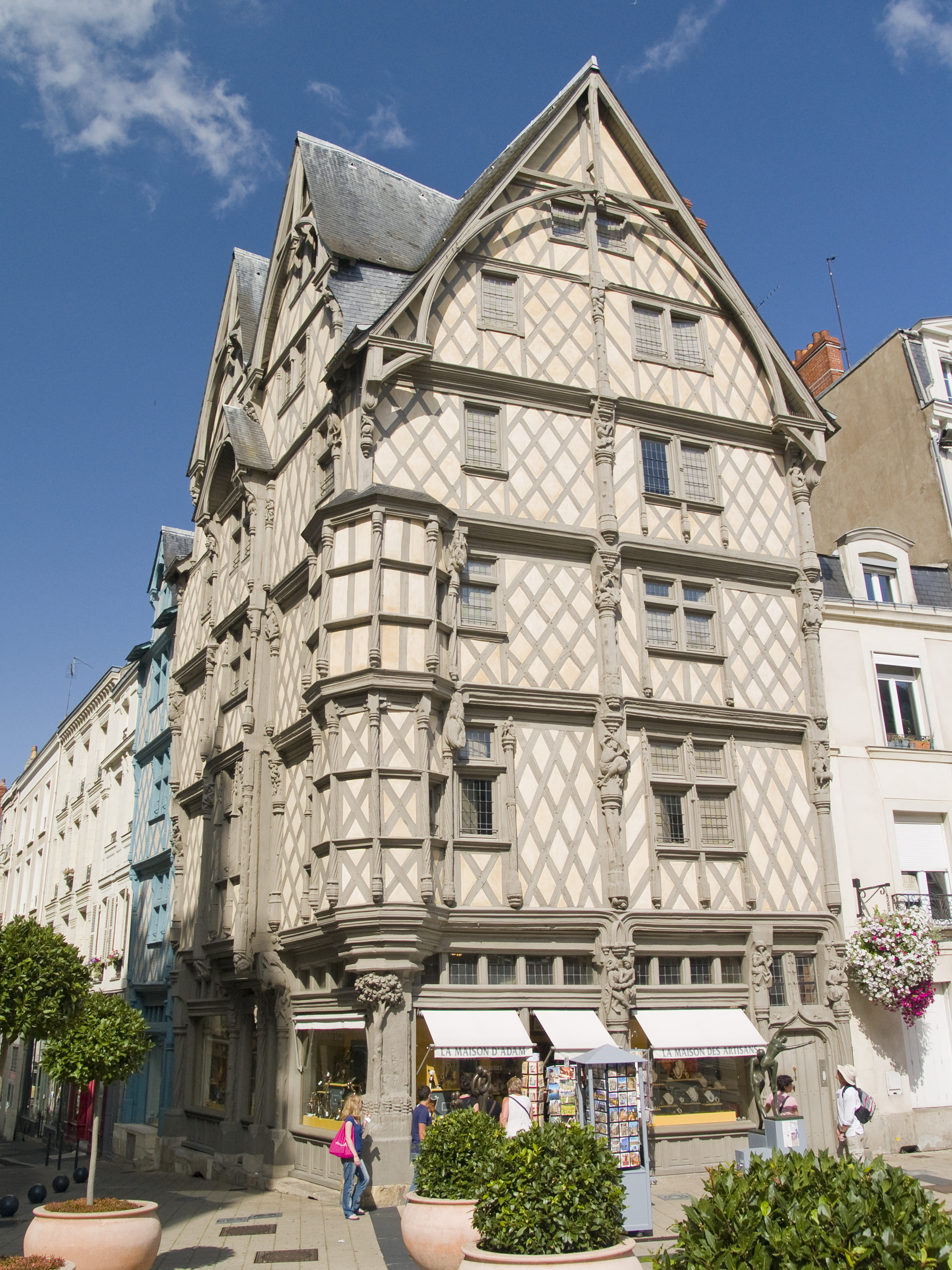
 艺术
艺术



 军事、国防和装备
军事、国防和装备
 科学技术
科学技术
 文学
文学
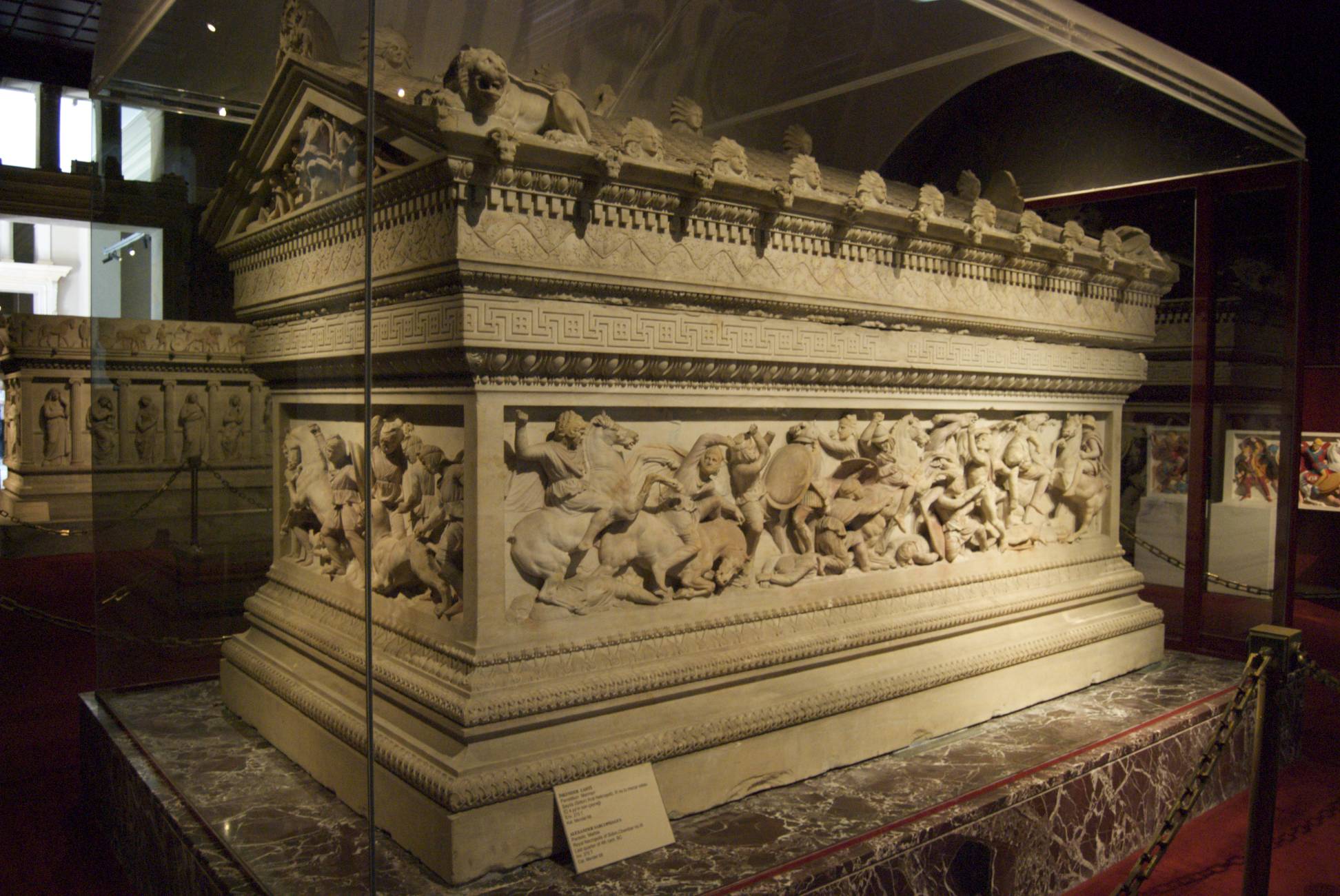

 宗教
宗教
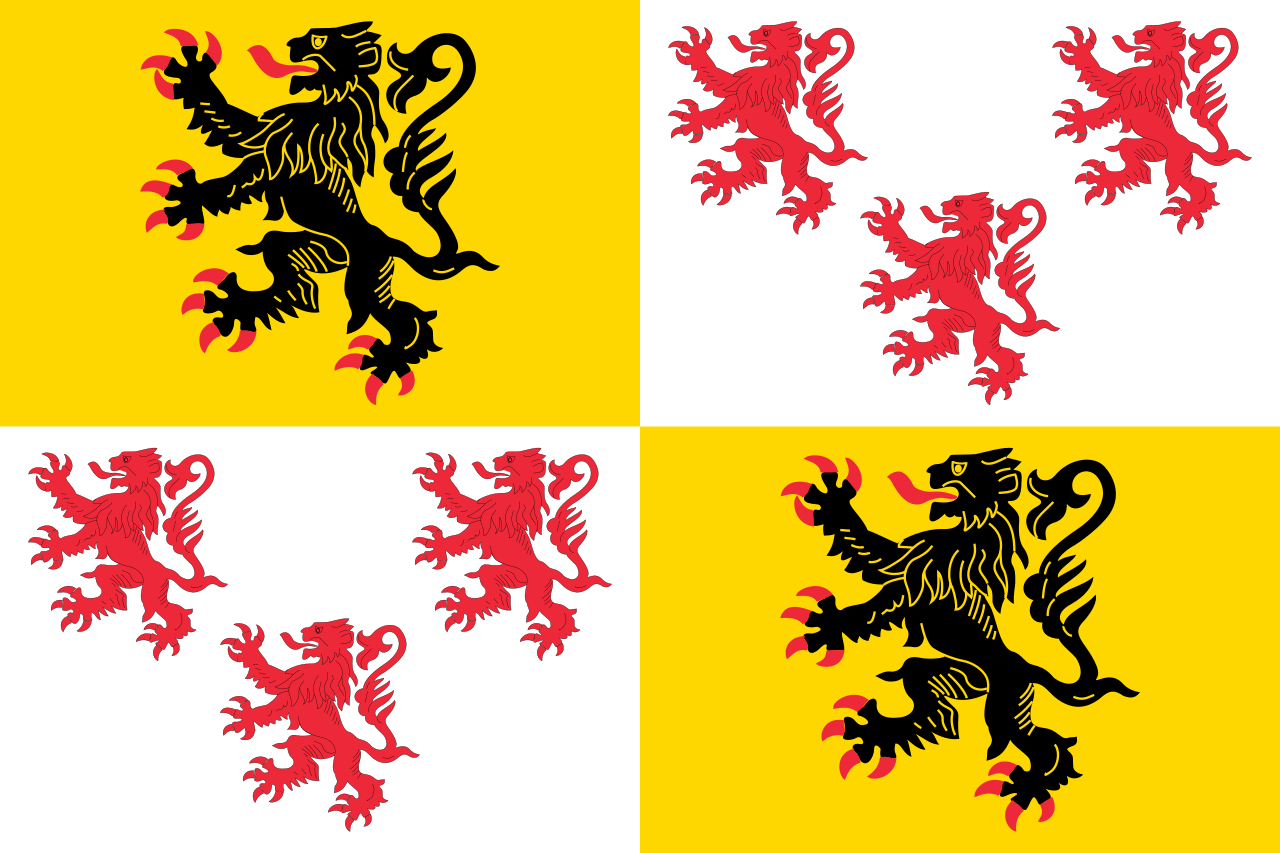 上法兰西大区
上法兰西大区
 文化遗产
文化遗产
